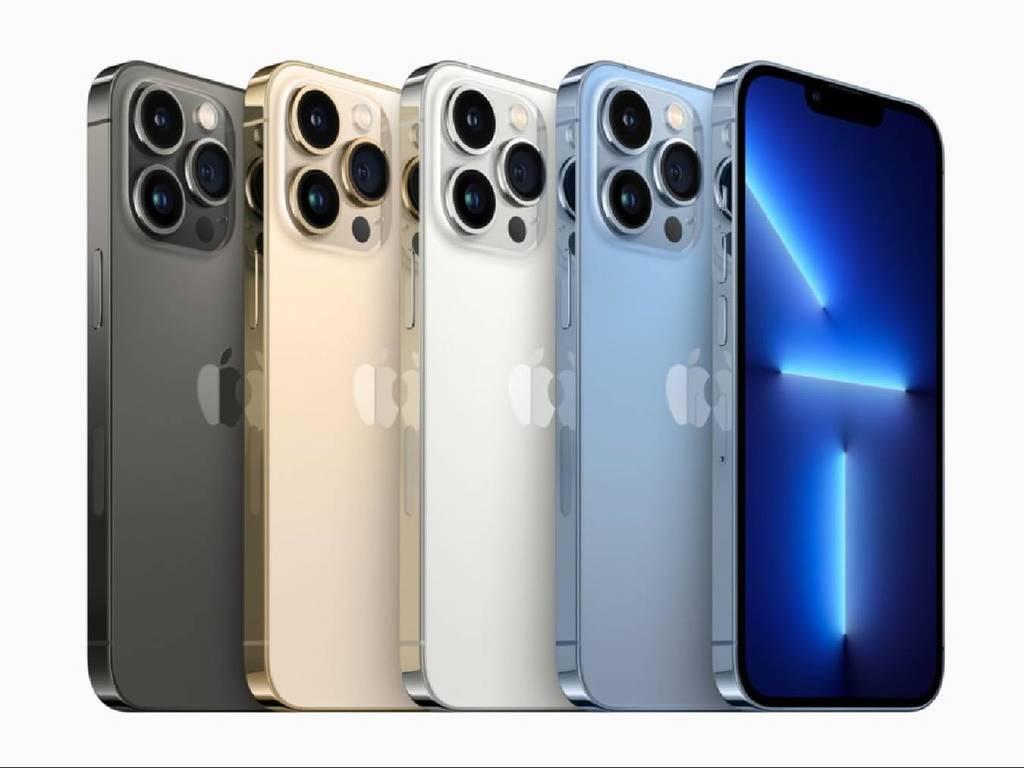Reached standard equipment on any phone with Android from the mid-range range upwards, the high-rate refresh screen can only be found on the iPhone 13 Pro.
Appreciated by users for the cursive image and the faster response sensation, the high refresh rates (90-120-144 Hz) have minimal implementation costs, but they can degrade the battery life, if not properly administered..Most Android phone manufacturers bypass this problem dynamically adjusting the refresh rate.For example, if the phone plays a static image, then the screen refresh rate may be reduced to the minimum hardware (eg 30Hz).Instead, if you watch a Youtube clip recorded at a speed of 60 frames per second, then switching in 60Hz mode allows the screen synchronization, while saving energy.
In contrast, when you run a web page, Settings menu or list of installed applications, any Android phone will switch to the highest refresh rate (Ex.90Hz, or 120Hz).Apple considered this approach inefficient, implementing for iPhone 13 Pro still a criterion in selecting the optimal screen refreshment.Thus, apart from the type and dynamics of the image displayed on the screen, the iOS system also takes into account the speed of applying Touch orders.

The idea is that the effect of shaking the image manifests itself in proportion to the speed of the action that the user performs at that time, being practically unnoticeable to the slow development of a menu or a web page.As a result, the promotion screen on the iPhone 13 Pro will reach the maximum speed of 120Hz slightly rarer than the screen of an Android phone, saving the battery without a noticeable impact on the clarity.In fact, the minimum value supported by the Promotion screen is 10Hz, used to display static images.
